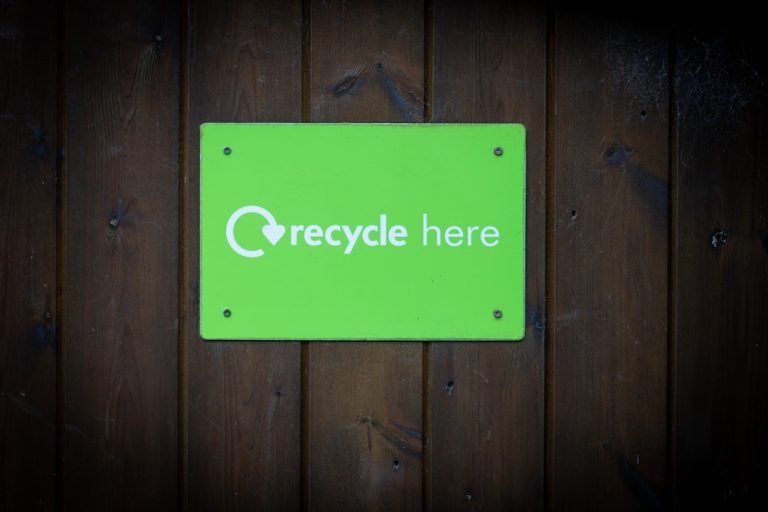My Deep Dive: Understanding “greenwashing” in Product Marketing.
My Deep Dive: Understanding “Greenwashing” in Product Marketing
In an era where environmental consciousness is no longer a niche concern but a mainstream imperative, consumers are increasingly seeking products that align with their values. This powerful shift has, unfortunately, opened a Pandora’s Box of deceptive practices. My journey into understanding this landscape has revealed a pervasive and insidious phenomenon: greenwashing in product marketing. It’s more than just a buzzword; it’s a calculated strategy that can mislead well-intentioned buyers and undermine genuine efforts towards sustainability. This deep dive isn’t just about defining greenwashing; it’s about dissecting its manifestations specifically within the realm of product marketing, exploring its profound impacts, and empowering both consumers and businesses to navigate this complex terrain with integrity.
Unveiling the Layers: What Greenwashing Truly Means for Products
When we talk about greenwashing, we’re not just discussing a company making a single, off-hand eco-claim. Within product marketing, it’s a systematic effort to present a product as more environmentally friendly than it actually is, often without substantive evidence or genuine commitment. My exploration shows that this isn’t always outright lying; it frequently involves a clever manipulation of language, imagery, and selective disclosure that preys on consumer desire for ethical consumption.
The Subtle Art of Misdirection: Beyond Just “Eco-Friendly”
Greenwashing in product marketing thrives on ambiguity. It’s about leveraging the positive connotations of “green” terms without delivering on their implied promise. Think about a cleaning product labeled “natural” but containing synthetic fragrances, or a garment marketed as “sustainable” because it uses a small percentage of recycled material, while the majority of its production process remains highly polluting. The product itself, its packaging, or its promotional materials are dressed in environmental virtues that don’t withstand scrutiny.
This isn’t merely poor communication; it’s a deliberate strategy to gain a competitive edge by tapping into the lucrative market of environmentally conscious consumers. It’s about creating a perception of corporate social responsibility (CSR) without the underlying commitment, thereby boosting sales and brand image without incurring the costs or making the fundamental changes required for true sustainability. My deep dive underscores that this isn’t just an abstract corporate sin; it directly impacts the choices we make at the checkout counter.
Decoding the Deception: Common Greenwashing Tactics on Product Shelves
My investigation into product marketing reveals a consistent playbook of greenwashing tactics. These aren’t always glaring falsehoods; often, they are subtle manipulations designed to bypass critical thinking. Understanding these specific strategies is crucial for discerning genuine sustainability from mere marketing spin.
Vague Language Traps: The Power of Undefined “Green”
One of the most prevalent tactics involves using broad, undefined terms like “eco-friendly,” “all-natural,” “green,” “sustainable,” or “earth-friendly.” These terms lack specific meaning and verifiable metrics, making it impossible for consumers to assess their validity. A product labeled “natural” might still contain harmful chemicals, while “sustainable” could mean almost anything without further context. This vagueness is a deliberate shield against accountability.
Irrelevant or Misleading Certifications: The Illusion of Authority
Another common tactic is the use of fake or irrelevant certifications. Companies might create their own “eco-labels” that appear official but are entirely self-appointed, or they might highlight a certification that addresses a minor environmental aspect while ignoring more significant issues. For instance, a product might boast being “CFC-free” when CFCs have been banned for decades, making the claim irrelevant and misleading. True certifications come from independent, reputable third parties with transparent standards.
Hidden Trade-offs: Highlighting the Good, Concealing the Bad
Products often focus on a single, minor environmental benefit while ignoring a larger, more damaging impact. A paper product might be advertised as “recycled content” but be bleached with chlorine, a highly polluting process. Or a “biodegradable” plastic bag might only degrade under specific industrial composting conditions, not in a typical landfill or natural environment. This selective disclosure diverts attention from the product’s overall environmental footprint, painting an incomplete and overly positive picture.
The “Lesser of Two Evils” Ploy: Comparing Against the Worst
This tactic involves marketing a product as “green” by comparing it to an even worse alternative, rather than to genuinely sustainable options. For example, a car might be advertised as “more fuel-efficient” than a gas-guzzling SUV, but still be far less efficient than an electric vehicle or public transport. It frames the product as a better choice without actually being a truly sustainable one.
Worshiping False Idols: Symbolic Imagery Over Substance
My deep dive found that visual cues play a significant role. Brands often use green packaging, images of leaves, trees, water, or earthy tones to evoke a sense of environmental friendliness, even when the product itself has no genuine ecological benefits. This visual greenwashing bypasses rational thought, creating an emotional connection that suggests sustainability where none exists. It’s marketing by association, rather than by fact.
The Ripple Effect: How Greenwashing Erodes Consumer Trust and Brand Value
The consequences of greenwashing extend far beyond misleading a single purchase. My analysis reveals a detrimental ripple effect that impacts consumer confidence, market integrity, and ultimately, the very brands engaging in these deceptive practices.
Shattering Consumer Confidence: The Cynicism of the “Green” Market
When consumers repeatedly encounter greenwashed products, their trust in *any* environmental claim diminishes. This leads to widespread skepticism, making it harder for truly sustainable brands to differentiate themselves. Shoppers become wary, questioning every “eco-friendly” label, which slows the adoption of genuinely sustainable innovations. This erosion of trust is a significant barrier to progress, as it discourages both demand for and supply of truly green products.
Diluting Brand Equity and Reputation: A Short-Term Gain, Long-Term Loss
While greenwashing might offer short-term sales boosts, the long-term damage to brand equity and reputation can be immense. In today’s hyper-connected world, misleading claims are quickly exposed through social media, investigative journalism, and consumer watchdogs. Once a brand is exposed for greenwashing, it faces a severe backlash, losing credibility and alienating its customer base. Rebuilding trust is an arduous and often impossible task, impacting future sales, investor relations, and employee morale. My research shows that the perceived authenticity of a brand is now a critical currency, and greenwashing is a direct attack on that.
Regulatory Scrutiny and Legal Repercussions: The Cost of Deception
Governments and regulatory bodies are increasingly aware of greenwashing. Agencies like the Federal Trade Commission (FTC) with their Green Guides in the U.S. and the






